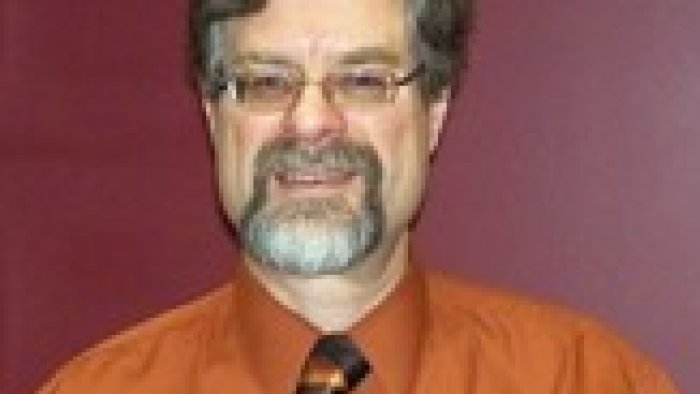
At a glance
Dr. Earl Packard has been selected to participate in the annual reading and scoring of the College Board’s Advanced Placement Examinations in June. He will be reading the calculus exams for the 10th consecutive year.

 Dr. Earl Packard, chair of the Alfred State Mathematics & Physics Department, has been selected to participate in the annual reading and scoring of the College Board’s Advanced Placement Examinations in June. He will be reading the calculus exams for the 10th consecutive year.
Dr. Earl Packard, chair of the Alfred State Mathematics & Physics Department, has been selected to participate in the annual reading and scoring of the College Board’s Advanced Placement Examinations in June. He will be reading the calculus exams for the 10th consecutive year.
The College Board’s Advanced Placement Program® (AP®) enables willing and academically prepared students to pursue college-level studies while in high school. Based on their exam performance, students can receive credit and/or advanced placement when they enter college.
In 2011 more than 11,000 AP Readers evaluated more than 3.4 million AP Exams in 34 subjects. Representing many of the finest academic institutions in the world, both high school and collegiate, AP Readers are comprised of professional educators from the United States, Canada, and abroad.
The AP Reading is a unique forum in which an academic dialogue between high school and college educators is both fostered and encouraged.
“The Reading draws upon the talents of some of the finest teachers and professors that the world has to offer,” said Trevor Packer, senior vice president, AP and College Readiness at the College Board. “It fosters professionalism, allows for the exchange of ideas, and strengthens the commitment to students and to teaching. We are very grateful for the contributions of talented educators like Dr. Packard.”
Packard, who joined the Alfred State faculty in 2003, holds a doctorate in mathematics from Tulane University, a Bachelor of Science of Education in mathematics from Mansfield University, and a Bachelor of Science degree in music education from Mansfield State College. Prior to coming to Alfred, Packard taught at Kutztown University (PA) and the University of Arkansas, Monticello.
